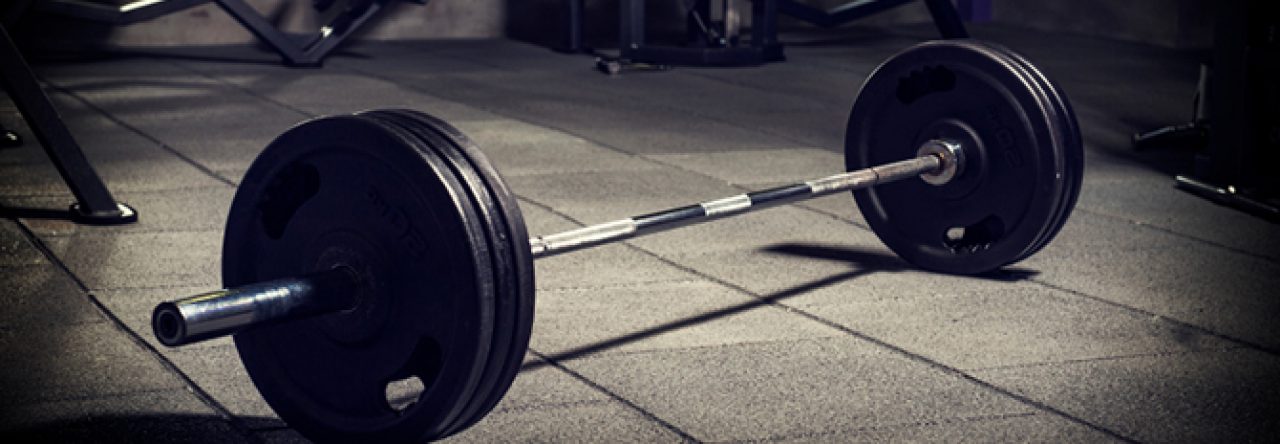Reading Log #7
In this week’s readings, there was a focus on contesting the ideals of both society, and the medical profession. In Anika Stafford’s article, she focuses on elementary school students, who are challenging the social norms of their community. For example, one young girl who does not feel comfortable playing the game with his peers decides to tell them that “’anyone can play any part’”[1]. This is a simple example of one student taking a role that she is supposed to play, and flipping it on it’s head. This encouraged some of the other girls to play in the boy roles in the game and vice versa. Another example in Stafford’s article is that of the young child named Duncan who displays violent behavior such as “lashing out, throwing objects at students, yelling, and running away”[2]. However, once this young boy admitted that sometimes he felt “’like a girl inside’”[3], he was much less violent and much more likely to engage in activities with his fellow classmates. Stafford gives multiple examples of kids who are standing up against societal beliefs and ideals. In this way, these children are becoming powerful voices of change in society. Similarly, Tracy Penny-Light focuses on how many individuals contested illness and challenged the ideals of the medical profession. One particular example in Penny-Light’s work is close to my own experiences as a bullied child. Therefore, I understand the need for the young boy who has “ gynecomastia”[4] and how he would want to have cosmetic surgery that would allow him to fit in and prevent kids from calling him “’half-man, half-woman’”[5]. Another example that Penny-Light provides is that of the woman who informs her doctor that “’God placed me on this earth with two breasts and He will take me away with them’”[6]. As Penny-Light highlights the woman had a genuine reason to receive the surgery, namely to “prevent the spread of cancer”[7], she chose instead to live by her own means and contest the traditional medical procedure. These examples help to show how many men and women in the twentieth century, were beginning to stand up for themselves and tell the medical professionals what they needed, which oftentimes did not coincide with what the doctor prescribed. This was a way for Canadians to stand up against the authority and ideals of their time, and have their own voice in their healthcare. Similar to this, are the children in Stafford’s article, who choose to stand up against their communities ideas of gender and social norms. In both readings for this week, there were examples of Canadian adults and children defining and contesting illness as well as standing up against the authority and ideals of their society.
In my own readings for this week, I went over every article that I have picked out, and as a result I was able to sort them into key categories, that helped to shape my paper as a whole. What I found was that a vast majority of my articles were either focused on a certain time period i.e. the 70’s or 80’s or were focused on specific issues like the use of anabolic steroids in adolescent men. Also, after going over the articles, I found that many of them commented on the differences that men and women had in regards to body image. Furthermore, I found some article’s from Maclean’s, that served as both primary and secondary sources. One particular article from Maclean’s, highlighted the discomfort that a thirty year old man felt with his body and it helped to give a more unique aspect to my paper that I was looking for. Overall, this week was very productive as my readings allowed me to complete my research paper.
[1] Anika Stafford, “I Feel Like a Girl Inside: Possibilities for Gender and Sexual Diversity in Early Primary School,” BC Studies no.189, (Spring 2016): 10.
[2] Anika Stafford, “I Feel Like a Girl Inside: Possibilities for Gender and Sexual Diversity in Early Primary School,” BC Studies no.189, (Spring 2016): 23.
[3] Anika Stafford, “I Feel Like a Girl Inside: Possibilities for Gender and Sexual Diversity in Early Primary School,” BC Studies no.189, (Spring 2016): 23.
[4] Tracy Penny-Light, “From Fixing to Enhancing Bodies: Shifting Ideals of Health and Gender in the Medical Discourse on Cosmetic Surgery in Twentieth Century Canada,” in Bodily Subjects, Essays on Gender and Health, 1800-2000, ed. Tracy Penny-Light, Barbara Brooks, and Wendy Mitchinson (Quebec: McGill-Queen’s University Press, 2014), 353-372.
[5] Tracy Penny-Light, “From Fixing to Enhancing Bodies: Shifting Ideals of Health and Gender in the Medical Discourse on Cosmetic Surgery in Twentieth Century Canada,” in Bodily Subjects, Essays on Gender and Health, 1800-2000, ed. Tracy Penny-Light, Barbara Brooks, and Wendy Mitchinson (Quebec: McGill-Queen’s University Press, 2014), 353-372.
[6] Tracy Penny-Light, “From Fixing to Enhancing Bodies: Shifting Ideals of Health and Gender in the Medical Discourse on Cosmetic Surgery in Twentieth Century Canada,” in Bodily Subjects, Essays on Gender and Health, 1800-2000, ed. Tracy Penny-Light, Barbara Brooks, and Wendy Mitchinson (Quebec: McGill-Queen’s University Press, 2014), 353-372.
[7] Tracy Penny-Light, “From Fixing to Enhancing Bodies: Shifting Ideals of Health and Gender in the Medical Discourse on Cosmetic Surgery in Twentieth Century Canada,” in Bodily Subjects, Essays on Gender and Health, 1800-2000, ed. Tracy Penny-Light, Barbara Brooks, and Wendy Mitchinson (Quebec: McGill-Queen’s University Press, 2014), 353-372.
Bibliography
Penny-Light, Tracy. “From Fixing to Enhancing Bodies: Shifting Ideals of Health and Gender in the Medical Discourse on Cosmetic Surgery in Twentieth Century Canada.” In Bodily Subjects, Essays on Gender and Health, 1800-2000, edited by Tracy Penny-Light, Barbara Brooks, and Wendy Mitchinson, 353-372. Quebec: McGill-Queen’s University Press, 2014.
Stafford, Anika. “I Feel Like a Girl Inside: Possibilities for Gender and Sexual Diversity in Early Primary School.” BC Studies no.189, (Spring 2016): 10-29.

Leave a Reply